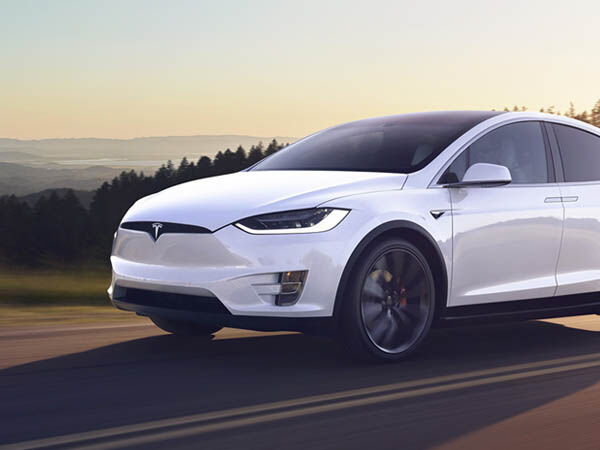Tesla was recently named to the top of The World's Most Innovative Companies list, produced by Forbes magazine. This is despite the fact that the company will not be turning a profit this year. Of course, there is a strong expectation that the company will become profitable. But in the meantime, its approach to innovation is, in itself, innovative and somewhat counter to the standard operating procedures used by many so-called innovative companies.
Hal Gregersen, Executive Director of the MIT Leadership Center, and co-author Jeff Dyer, recently examined some of the unusual strategies and tactics used within Tesla in "Decoding Tesla's Secret Formula," an article that accompanied the Forbes' list. Here are some of the ways Tesla is defying convention--even the convention of innovation.
Forget the MVP
The Lean Startup methodology recommends companies focus on developing a minimum viable product (MVP) before creating a full-blown product. The idea is that the MVP is the core of a build-measure-learn feedback loop that helps guide a company to building a product that solves a real problem, and one that companies will buy. The measure-learn aspect of the loop addresses the "buy" aspect of developing a product.
According to Gregersen, Tesla takes a completely different approach. "Tesla never pursued the classic route of going after low-end, price-sensitive customers first with cheaper, inferior technology. It doesn't pursue nonconsumption, or customers who don’t currently drive cars," writes Gregersen. "Tesla has instead proved to be a different kind of disruptor, a high-end version that can be just as troublesome for the incumbents."
Think differently about hiring
Regardless of size or longevity, most companies hire based on candidates' previous experience. This is not necessarily how Tesla has built--and continues to build--its team. According to Gregersen, CEO Elon Musk is known for selecting talent based upon their ability to solve complex problems--not upon experience. Sterling Anderson is testament to this. A former McKinsey associate and MIT alumni (one of 12 currently employed by Tesla), Anderson is now a senior program manager of Tesla’s new Model X. Musk doesn't settle for good or very good; he wants the best, and he screens for it carefully, probing for details about applicants' abilities to learn under uncertain conditions. Musk is an exemplar of catalytic questioning, and every component of his business is built for speed of learning.
Turning innovation on its head
So what can innovators learn from Tesla? That perhaps our ideas of how innovation needs to occur should not be cast in stone. Some startups succeed brilliantly by taking the MVP approach. Other companies, like Tesla, Apple, and Starbucks, take a different route. Second, Telsa, under the leadership of Musk, thinks differently about how business must operate—from hiring to questioning what is, and is not, impossible.
Tesla's innovation process isn't perfect. But it's radical, and it's working.
For more insight into Tesla, check out the cover story in Forbes’ September 7th print issue. To learn about the other companies that topped the 2015 Most Innovative Companies list, visit Forbes online.
Hal Gregersen is Executive Director of the MIT Leadership Center and a Senior Lecturer in Leadership and Innovation at MIT Sloan. He leads the Executive Education programs Innovator's DNA: Mastering Five Skills for Disruptive Innovation and teaches in the Advanced Management Program.








